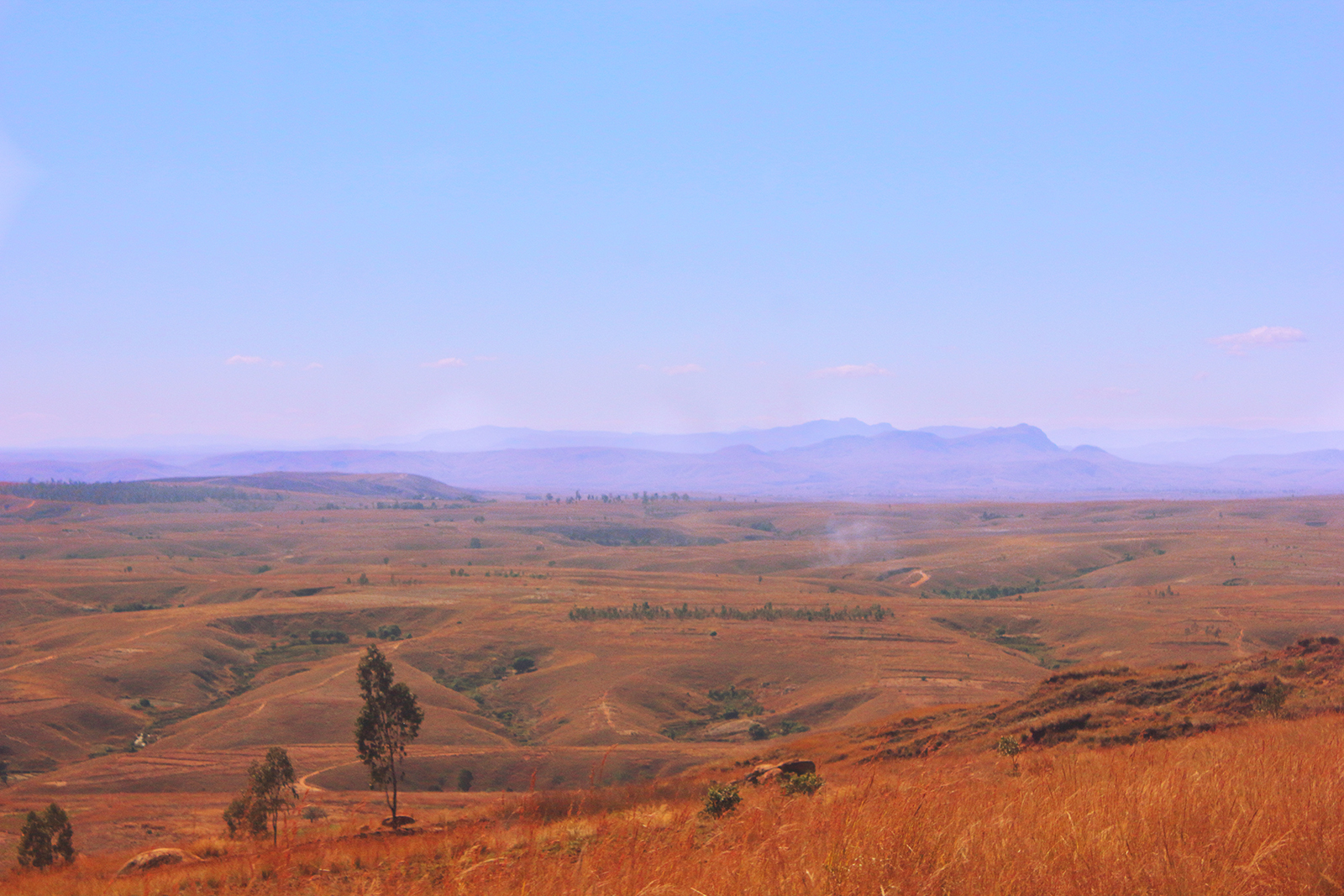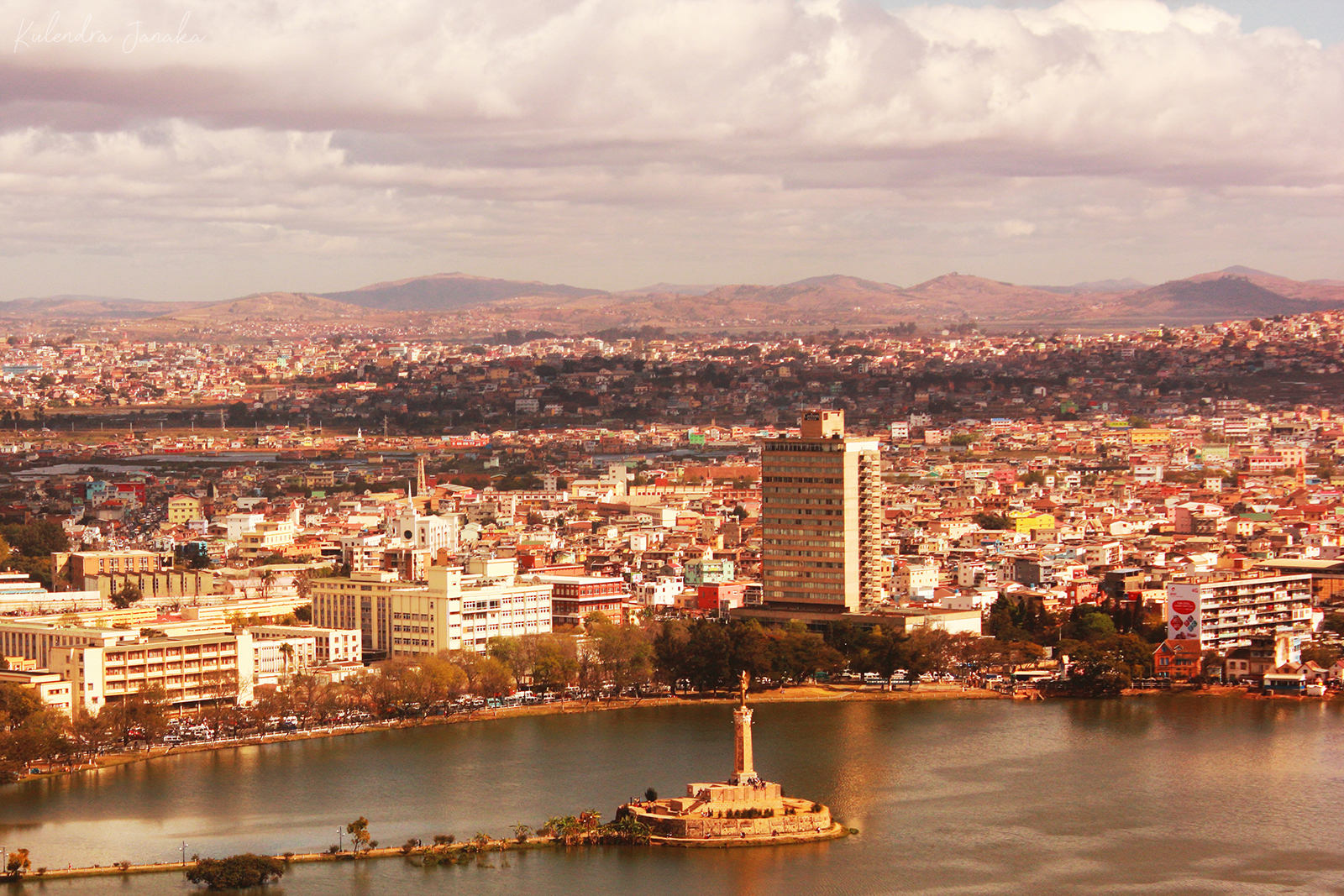The Eighth Continent – Madagascar – Part 8: Adieu!
My visit to Madagascar was in my opinion, way too short. 7 days is not even close enough to explore this massive and diverse country. However instead of hopping over to multiple places and just limiting my visit to two places outside of the capital, I believe I managed to let things sink in deeper.
As I rode my taxi from the airport to my hotel in Antananarivo, few things hit me. One was poverty and how under-developed the country is. The second, which may not be the case for the European and North American travellers, was a sense of familiarity. While not very common now in the capital of Sri Lanka, the roadside shops and food stalls were once a common place in Sri Lanka too. And about 30 years ago, Colombo and the other tourist areas didn’t look that different to how they look in Madagascar now. Looking deeper in to the statistics; From around 1990, the GDP per capita adjusted for PPP has been around 1650 USD for Madagascar and has now gone down to the 1400s. Sri Lanka has on the other hand started around 3600 USD and now is around 11600 USD. The trendlines drawn back may suggest that my own country may have been on par with Madagascar just a decade behind that.

Some houses double up as road-side food stalls, providing an additional income to the families. 
The vegetable sellers with their makeshift stalls.
Madagascar is a large supplier of sapphire with some estimating that about half of the entire world’s sapphire mines being from the island. There are even gem merchants from my own country, Sri Lanka, who trade with Madagascar. They also have small reserves of Iron and Gold reserves, that could amount to about 1m USD of export worth per annum. However their biggest foreign income generating export is agricultural exports such as coffee, vanilla and tea. Combined, they amount to about 918.5m USD, or about one third of Madagascar’s exports.
The island country has gained notoriety in violence that targets both locals and foreigners. There have been several cases where foreigners have been killed for either money or due to some vague accusation (which in one case suspected a tourist for organ trafficking and killing a young boy when the boy was found drowned in a river). During my visit there however, I did not feel unsafe. Of course, my general take on these visits are that you need to be on the lookout for yourself always. Another traveller from US, who was on a cycling tour across the country for more than one and a half months also seemed to think that the rumours were exaggerated. Do note however that there are regularly reported cases of aggravated violence where bandits attack whole villages for loot. Regardless of our personal experiences, it could get rough.
What I was not prepared to at all was the rampant levels of bribery. Having travelled across a reasonable number of countries and being exposed to travellers in the less developed parts of the world, I did not think that I would come across something that could almost shock me. The moment I was stepping out of the airport through customs, one officer was inconspicuously asking for a “gift” from me. During my visits from Morondava, my chauffeur had to hand over a small “tip” every single time he came across a police officer (which was at least once in every visit). On my way out through the immigration, at least three officials asked me for a “gift”. The only bad memory I have about Madagascar, and one that makes me reconsider if I want to be visiting the country again, is that. Hopefully things would improve.

Sprawling is probably the adjective that fits the view. 
Rice fields of Madagascar. 
Sometimes you can’t tell that this is one of the poorest countries of the world.
With a massive biodiversity and an equally varying geographical and a cultural diversity, I believe that tourism could bring in much more income to Madagascar. Its pristine beaches could cater to the high end tourists and some have already taken the initiative for this. Currently Madagascar earns about 1bn USD from tourism each year. With the necessary infrastructure and support, my take is that they could easily do thrice as much.
Madagascar is a country that is in the world’s poorest countries list ranking around the 10th spot. With an overall literacy rate of 64%, things are not going that well for them. I firmly believe that education is one amazing way for a country to progress and sustain that progress. With the younger generation (15-24yrs of age) having a higher appetite towards education and having a literacy rate around 75%, may be things will get better for them. I certainly do hope I will visit them once again, and I hope that things would’ve changed for the better by then.